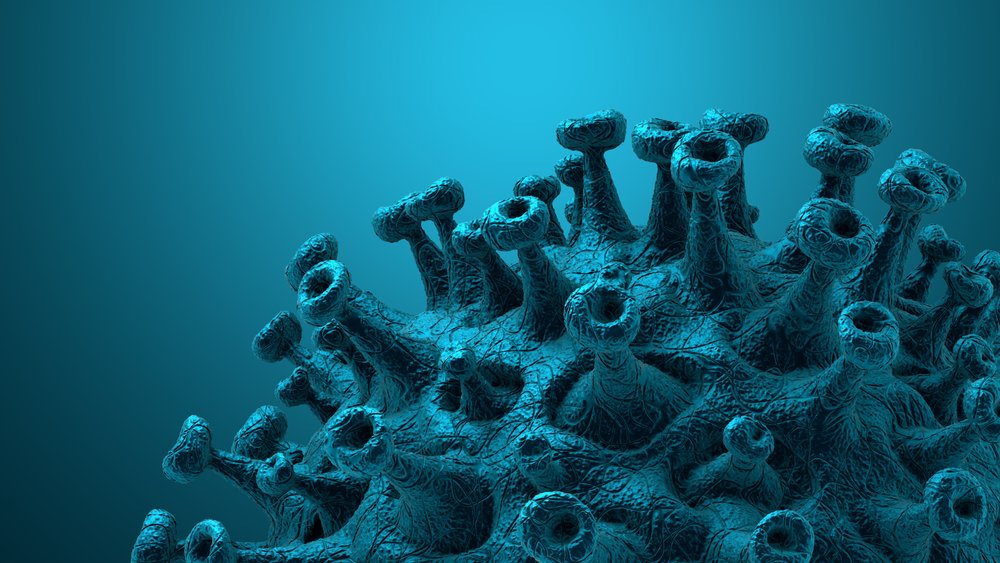Scientists create device that uses 'light tweezers' to trap and move viruses

A team of scientists led by Nanyang Technological University, Singapore (NTU Singapore) has created a laser-powered device that can trap and move viruses using light.
The device, which has the ability to manipulate light to act as "tweezers," would aid in the development of new approaches to disease diagnosis and the study of viruses, as the device can precisely "move" a single virus to target a particular part of a cell.
It would also aid in vaccine development, as the device allows scientists to separate damaged or incomplete viruses from a group of thousands of other specimens in under one minute, compared to current processes which are tedious and lacking in precision, said the scientists.
Associate Professor Eric Yap, from NTU's Lee Kong Chian School of Medicine, a medical geneticist who co-led the research, said: "The conventional method of analyzing viruses today is to study a population of thousands or millions of viruses. We only know their average behavior as an entire population. With our laser-based technology, single viruses could be studied individually.
"As well as diagnosing diseases, our device could be used to spot the outliers—the rare individual virus that has the potential to evolve and create the next wave of an epidemic, for instance. This brings us into an era where we can contemplate precision diagnostics at the single virus level."
The researchers tested their device known as a digital virus manipulation chip on adenoviruses, which is a group of common viruses that can cause cold-like symptoms, measuring 90 to 100 nanometre (nm) in diameter. Although not yet tested on coronaviruses, it has the potential to be used for research on SARS-CoV-2 virus, which causes COVID-19, as it is similar in size, between 80 to 120 nm in diameter.
Professor Liu Aiqun, from NTU's School of Electrical and Electronic Engineering, who led the research, said: "Our invention uses light to manipulate viruses in a certain size range and we have proven that it works with adenoviruses. We believe our device could also be used to trap and concentrate SARS-CoV-2 for research and diagnosis."
The findings of the study were published in the peer-reviewed scientific journal ACS Sensors in September.
Source. Image: CROCOTHERY/Shutterstock





